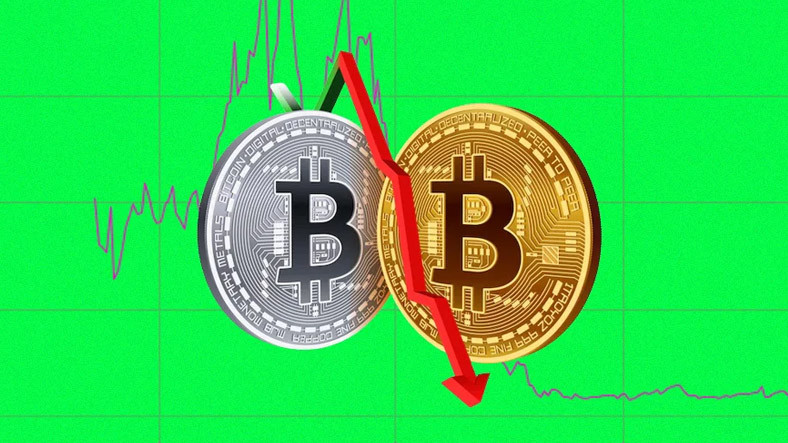The world we live in is quite complex, to put it simply. As we tried to understand what we see as humanity, we found that there are actually much bigger and much smaller things than we see; like the universe, for example the atom. We have known the atom for years as the smallest building block of matter, but we realized that called subatomic particles. and there are many other substances that make up the atom.
some of the atoms subatomic particles we know it and we know it up close. However, some have not been fully discovered even by expert scientists. As a result, the substances we are talking about are not visible to the naked eye and are difficult to detect even with special microscopes. Bride what are subatomic particles, what are their types? Let’s take a closer look and see who discovered these little substances.
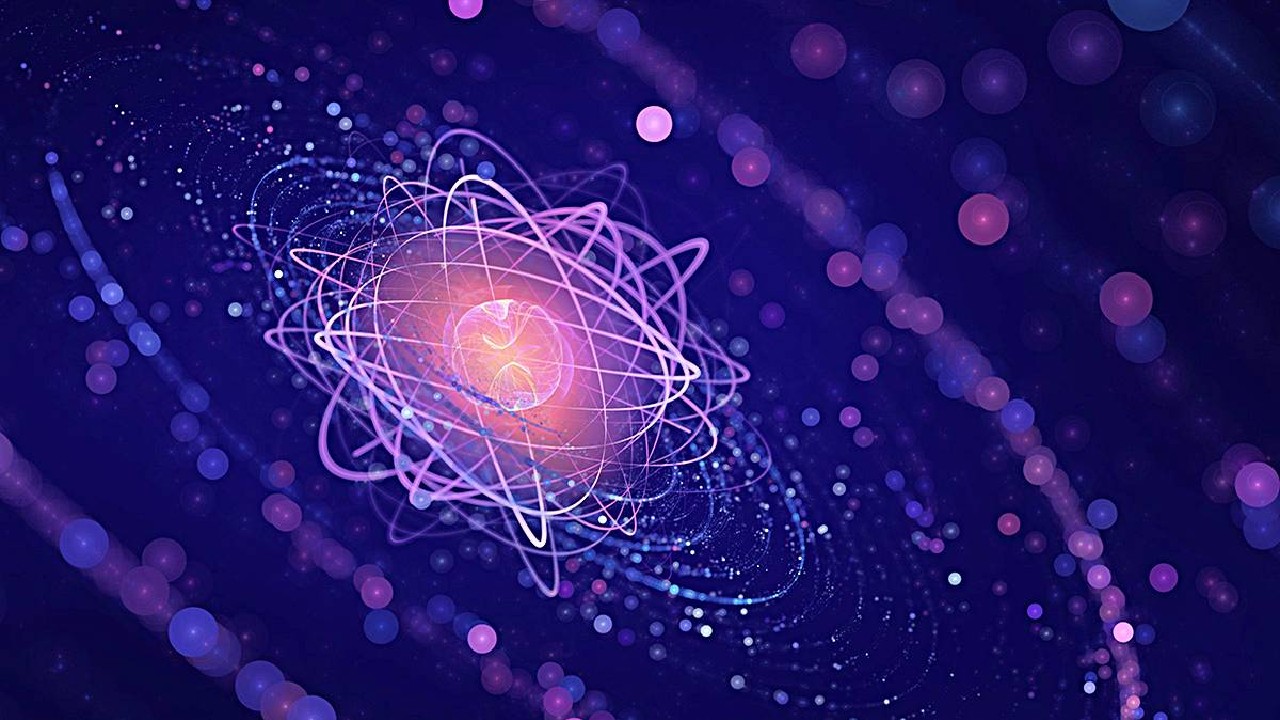
What are Subatomic Particles?
much smaller than an atom, and substances that make up the atom, They are called subatomic particles. Subatomic particles are substances that are self-sufficient and can have energy. Subatomic particles, which are the basic components of matter, are also called fundamental components.
Subatomic Particle Properties and Types:
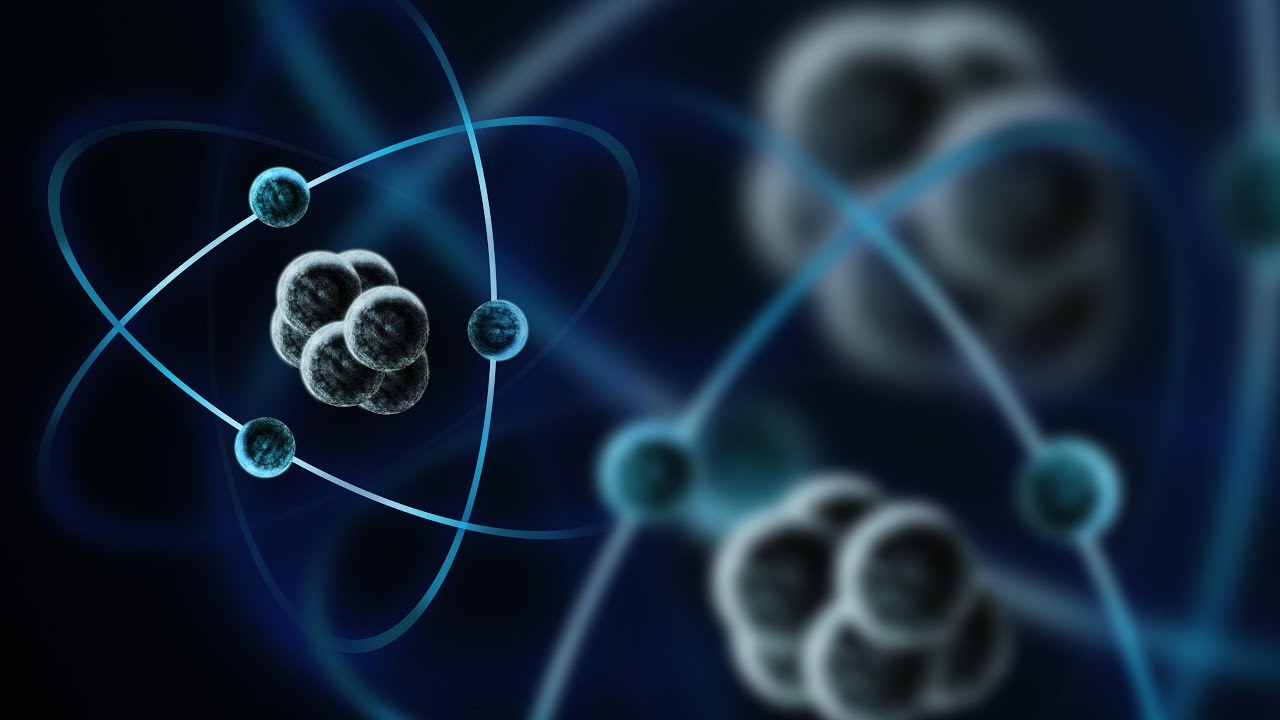
- Subatomic particles are divided into leptons and quarks.
- They are not made of other materials. In other words, subatomic substances have no submaterials.
- The electron is a lepton.
- Lepton means particle of light in Greek.
- Quark is named after Irish writer James Joyce.
- There are six known types of quarks.
- The nucleus is formed from a nucleon made up of protons and neutrons.
- The electron and the nucleon in the nucleus are stable.
- The nucleus contains baryons and mesons.
- Baryons are heavy and mesons are medium.
- Baryons and mesons are called hadrons.
- Hadrons means strong particle in Greek.
- Baryons are made up of three quarks.
- Mesons consist of a quark and an antiquark.
- Both the neutron and the proton are composed of UDD quarks.
- Hadrons are made up of quarks.
- The meson exchange hadron is stable.
- Thanks to the force, the core does not break apart.
- Hadrons were discovered by Hideki Yukova.
- Neutrinos are leptons.
- Neutrinos are either uncharged or very light.
- Neutrinos are produced as a result of decay and interaction.
- There are many neutrinos in the universe, but they have little interaction with other matter.
- There are many subatomic particles such as photons, bosons, mesons, fermions, baryons and gravitons, whose structure has not yet been fully explored.
Who Discovered Subatomic Particles?

Although we are only fully discovering subatomic particles thanks to experiments conducted today, they were the first to talk about these tiny substances. Greek philosophers who lived thousands of years ago Leucippus and his disciple Democritus. They claimed that matter was made up of small and indivisible parts.
His most important work on atomic and subatomic particles was at the beginning of the 19th century. British chemist John Dalton He developed the atomic theory. The discovery of radioactivity by the French physicist Henri Becquerel in 1896 accelerated these studies. Just a year later, British physicist JJ Thomson discovered the electron.
The atomic model, proposed by British physicist Ernest Rutherford, He went one step further with the work on the atom. On the other hand, the Danish theorist Niels Bohr showed everyone that with his atomic model a new era has dawned for both atomic and subatomic studies.
Importance of Subatomic Particles:
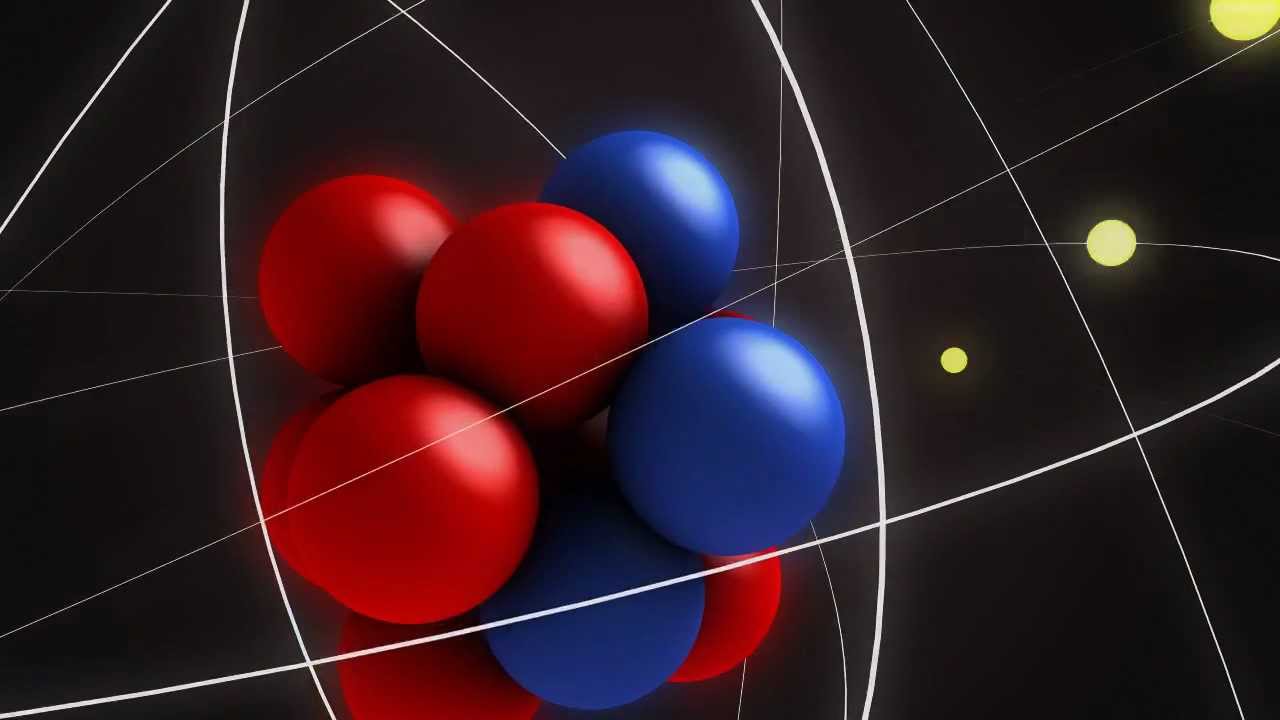
Subatomic particles are much more than tiny matter circulating like that. It has two main tasks; being the basic building block of the universe and connecting everything together. Although there are two different types of subatomic particles that perform these two basic functions, it would certainly not be correct to distinguish them from each other. It has some similarities.
The two types of subatomic particles are almost identical in size. Although not sure Assuming an atom is 10 to minus 10 meters It would be rather difficult to even imagine the average size of subatomic particles. In other words, these tiny substances circulate everywhere and not only create the universe, but also hold everything together.
Quantum Mechanics and Subatomic Particles:
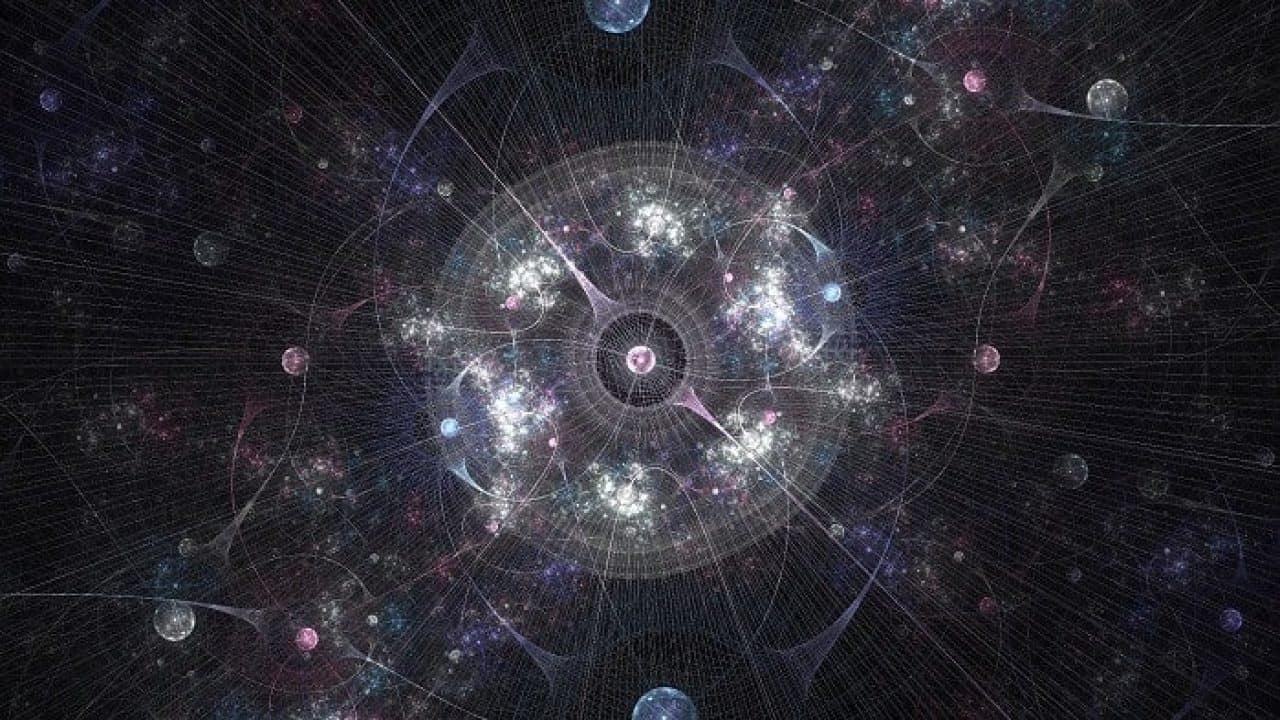
In the 1920s, scientists developed quantum mechanics to better understand the atom and its movements. In the same years in quantum mechanics study of atomic structure Three different quantum numbers related to the angular momentum of the atom arise. This is because there are three independent and variable parameters that determine electron motions.
A few years later, two Dutch physicists, Samuel Goudsmit and George Uhlenbeck, discovered something outside the core. a substance such as sodium with an outer valence electron They realized they had to. So there had to be a fourth quantum number. As a result of the calculations, it was predicted that these substances would act as rotating electric charges.
Acting as an electric charge means a magnetic field. At this point, the spin-related quantum number Two possible values were found. Today we know that the concept of spin is a unique property for all subatomic particles. Spider is divided into two main groups and they have properties that influence each other.
Substances smaller than atoms what are subatomic particles, what are their types, who discovered it? We answered the frequently asked questions and talked about the details you need to know about the topic. Even if we know something, subatomic particles remain largely a mystery.













